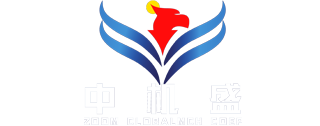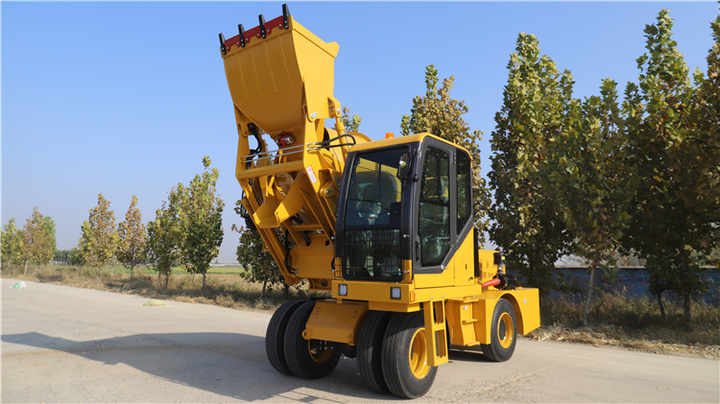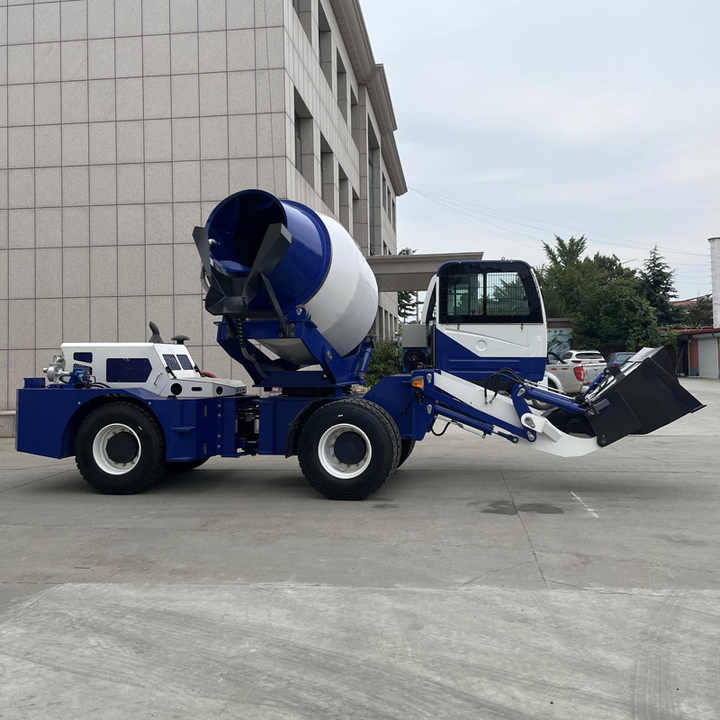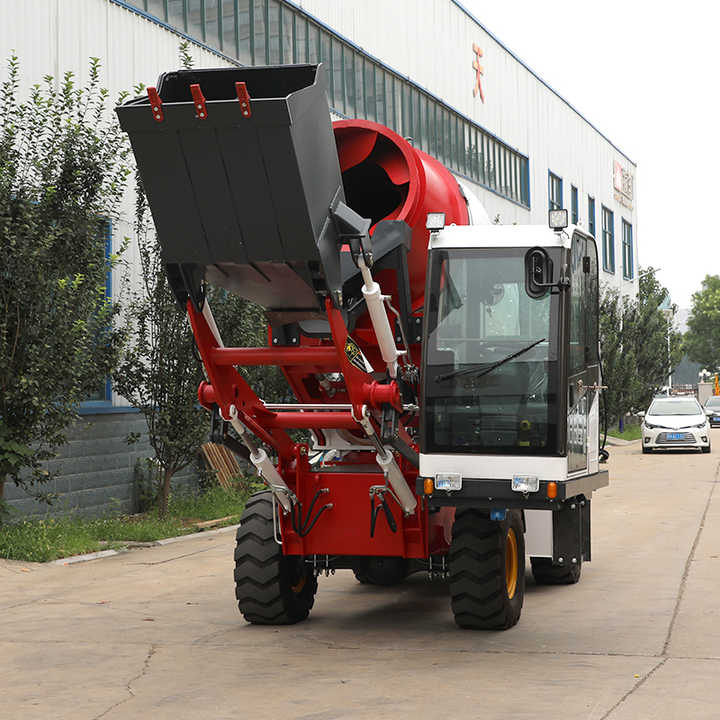How to Choose the Right Concrete Machinery for Your Project
Choosing concrete machinery isn't just about specs; it's a strategic decision impacting project success. With evolving technology, the decision matrix is more complex. Here’s a structured approach:
-
Define Project Scope & Scale:
-
Volume: Total cubic yards/meters needed? Daily pour rate? A small patio DIY project needs vastly different gear than a high-rise foundation.
-
Duration: Short project? Renting might be better. Long-term or repetitive work? Owning could be cost-effective.
-
Site Constraints: Access (gate width, overhead clearance), space for setup (batching plant, pump positioning), ground conditions (bearing capacity for heavy machines), urban vs. rural (noise/emission regulations).
-
Concrete Specifications: Mix complexity (SCC, fiber-reinforced, high-strength)? Required placement method (pumping height/distance, need for precise finishing)? Curing requirements?
-
-
Evaluate Machinery Types:
-
Mixing:
-
Central Batch Plant (Stationary): High volume, consistent quality, large footprint. Ideal for mega-projects or ready-mix suppliers.
-
Mobile Batch Plant: Faster setup/teardown than central, good for large remote sites or multiple phases. Offers better consistency than on-site mixing.
-
Drum Mixer (Truck-Mounted): Standard for ready-mix delivery. Choose capacity (6-12 cu yd) based on volume/distance.
-
Volumetric Mixer: Mixes on-demand, eliminates waste, ideal for small/medium pours, remote sites, specialty mixes. Requires consistent raw material feed.
-
Pan Mixer: For high-quality, stiff mixes or precast. Smaller batches.
-
-
Placing:
-
Boom Pumps: Reach and height (meters). Essential for high-rises, large slabs. Requires significant setup space. Consider reach, placing width, number of sections.
-
Line Pumps (Trailer/Putzer): Ground-level placement, smaller sites, shotcrete. Check max pressure (PSI/Bar) and output (cu yd/hr).
-
Conveyors: For high-volume horizontal placement (e.g., paving).
-
-
Finishing: Ride-on Trowels (size based on slab area), Power Trowels, Screeds (Laser/Vibratory for accuracy), Edgers/Groovers. Match to required finish quality and slab size.
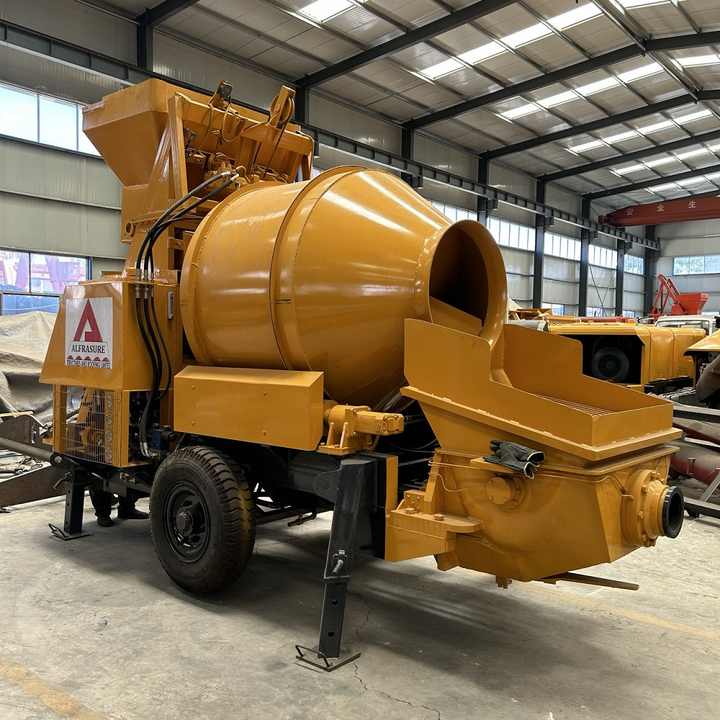
-
Compaction/Processing: Vibratory Screeds, Plate Compactors, Internal Vibrators. Crushers/Screeners for recycling.
-
-
Consider Technology & Features (2025 Focus):
-
Telematics/GPS: Essential for fleet management, location tracking, utilization analysis.
-
Automation/AI: Consider benefits (consistency, efficiency, labor savings) vs. cost/complexity. Autonomous finishers? AI batching?
-
Efficiency: Hybrid/electric drives, energy-efficient hydraulics. Lower TCO over time.
-
Safety: ROPS/FOPS, proximity sensors, emergency stops, ergonomic controls.
-
Telemetry: Real-time machine health monitoring.
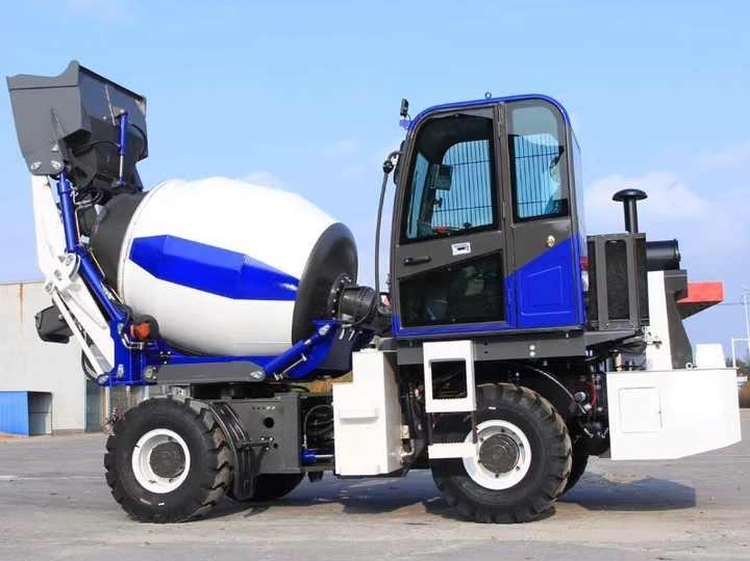
-
-
Assess Ownership Model:
-
Buy: High utilization, long-term need, desire for asset control/customization. Consider depreciation, maintenance costs, storage, financing.
-
Rent: Short-term, specialized need, fluctuating demand, avoiding maintenance/storage. Compare rental rates vs. ownership costs.
-
Lease: Fixed payments, potential upgrade path, off-balance-sheet option. Consider terms carefully.
-
Used: Lower upfront cost. Requires thorough inspection (see Article 16) and higher tolerance for potential downtime.
-
-
Factor in Total Cost of Ownership (TCO):
-
Purchase/Lease/Rental Cost
-
Fuel/Electricity Consumption
-
Maintenance & Repairs (Parts & Labor)
-
Downtime Costs (Productivity Loss)
-
Operator Costs & Training
-
Transportation
-
Depreciation/Resale Value
-
Insurance & Taxes
-
-
Vendor Reputation & Support:
-
Dealer network proximity & reliability.
-
Parts availability and cost.
-
Service technician expertise and response time.
-
Warranty terms and support.
-
Operator training offered.
-
Conclusion: There's no one-size-fits-all. Weigh project specifics, technological capabilities, financial models, and support infrastructure. Prioritize reliability, efficiency, and safety. Consulting with experienced equipment managers and reputable dealers is invaluable in 2025's complex market.
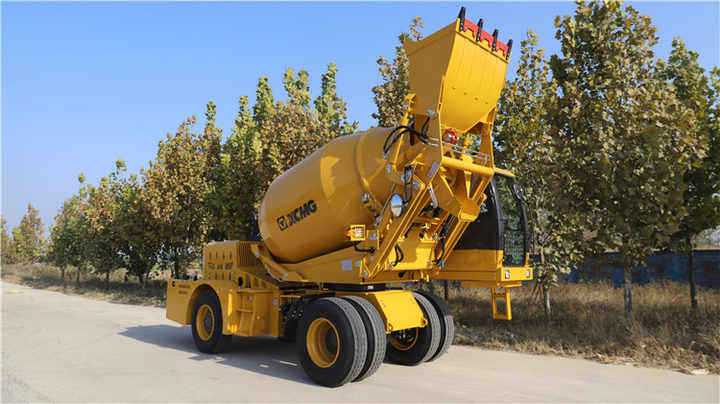 Specifications & Guideline
Specifications & Guideline
